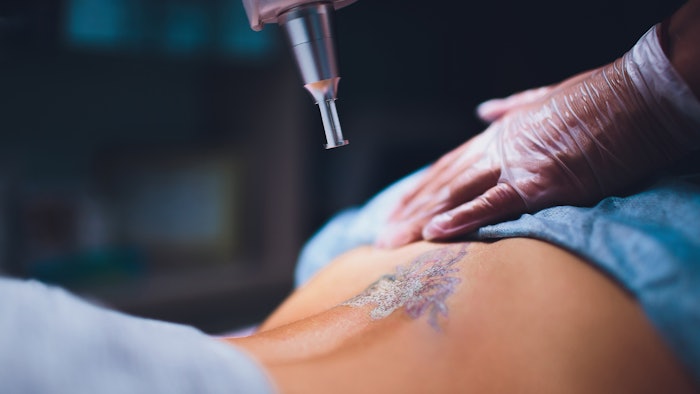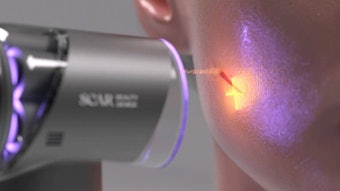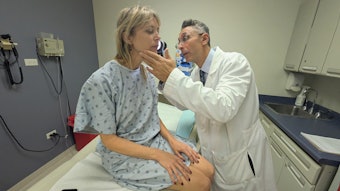
Tattoos are often deeply personal expressions of an individual’s life experiences or a snapshot in a moment of time—the reasons for seeking tattoo removal are similarly varied. A new parent may feel uncomfortable about an old racy forearm tattoo, a former gang member may seek to be free of any inked reminders of a painful past or a new vegan might want to erase a now embarrassing “Bacon forever” tattoo.
Whatever your patients’ reasons for seeking tattoo removal, you can best serve them by understanding the tools and training that you will need to provide an acceptable level of clearance and educating them on the time commitment involved.
Advancements in the past few decades have made tattoo removal a less painful and arduous process than in the past, when the only available methods for removal were mechanical, chemical or surgical.
The first time a Q-switched laser was used in tattoo removal dates to the 1960s, although the modern era of laser tattoo removal didn’t blossom until the 1990s, says Douglas C. Wu, MD, PhD, a dermatologist and director of research at Cosmetic Laser Dermatology in San Diego.
This technology remained more or less the same until around five years ago when picosecond lasers emerged as the next-generation laser for tattoo removal, offering ultra-short pulses relative to the Q-switched nanosecond lasers. Fundamentally, they work the same way: The laser energy fragments the tattoo ink particles and macrophages remove them from the body.
Although he also uses both Q-switched and picosecond lasers to remove tattoos in his practice, picosecond technology “offers fewer treatment sessions with significantly better clearance and allows safer treatment of all skin types given the lower fluence required,” says Paul M. Friedman, MD, director of the Dermatology & Laser Surgery Center in Houston, clinical assistant professor of dermatology at the University of Texas Medical School and vice president of the American Society for Laser Medicine and Surgery (ASLMS).
“Furthermore, picosecond lasers are effective in treating all colors of tattoo ink, including stubborn greens and blues and more recently were shown to be effective for orange and yellow tattoos,” Dr. Friedman says.
Still, picosecond lasers are not the silver bullet some had hoped, and experienced practitioners have learned that getting effective clearance, particularly for multi-colored tattoos, requires multiple modalities.
Choosing Your Device
“Originally, they were saying you could knock a tattoo out in two to three sessions with picosecond lasers compared to Q-switched, but it turned out that was a little exaggerated,” says Edward Glassberg, MD, senior partner and co-founder of Laser Skin Care Center & Dermatology Associates in Long Beach, California. “But they are, perhaps, twice as fast as the Q-switched.
“Picoseconds are really good lasers but also very expensive; they can be two to three times the cost of a Q-switched. Most people don’t have the volume of tattoo patients to justify the expense,” he adds.
Bryna Kane, MD, a dermatologist at Laser Skin Care Center & Dermatology Associates in Long Beach, California, who, with Dr. Glassberg, co-founded the Erase the Past gang tattoo removal program, typically starts with a Q-switched laser. “I might start with a Q-switched and get 95% of the tattoo out, then switch to a picosecond technology to remove the remainder. But some tattoos do better with one device over another.”
Dr. Friedman’s choices for removing blue and black inks are the Q-switched ruby 694 nm and Q-switched Nd:YAG 1,064 nm lasers. For red, orange and yellow, he uses a 532 nm picosecond laser.
“Color matters when treating tattoos,” Dr. Friedman says. “Black and dark blue clear well. Green and light blue in the nanosecond domain clear less well, and red clears more slowly with nanosecond technology.”
Whatever your patients’ reasons for seeking tattoo removal, you can best serve them by understanding the tools and training that you will need to provide an acceptable level of clearance and educating them on the time commitment involved.
Continue reading our Digital Magazine for more tips and tools for tattoo removal...
Virginia Pelley is a freelance writer based in Tampa, Florida.











